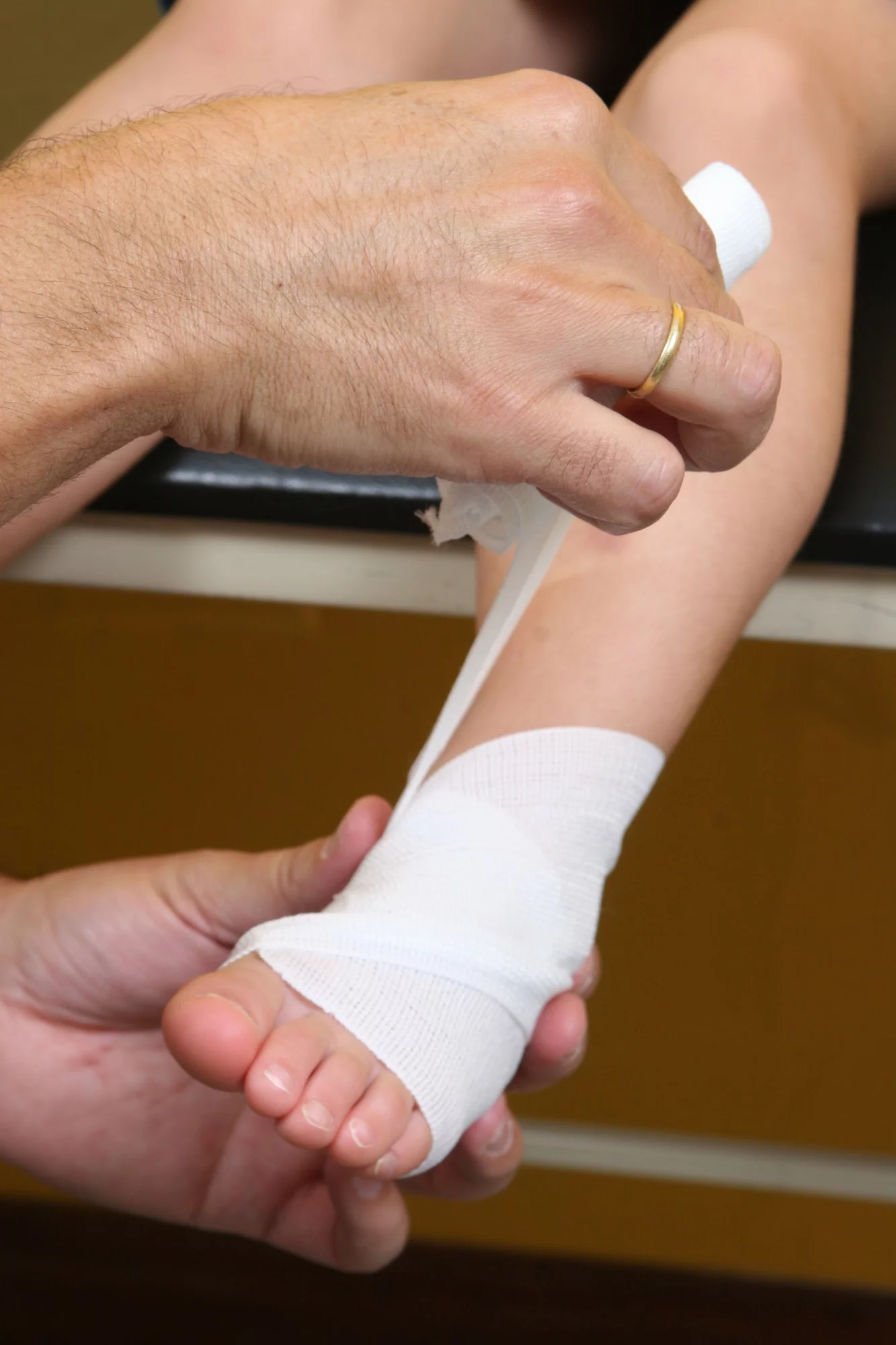Flat feet are normal in babies and toddlers because the arches in their feet haven’t yet developed. Normally, they will develop as the child grows older but sometimes, they may not.
Most of the time, flat feet cause no pain and treatment are not required, but if it affects the body’s alignment, and causes knee and ankle discomfort, it needs to be treated.
Flat feet are usually genetically inherited, but they can develop as a part of other genetic conditions, or due to factors like obesity and foot injuries.
How Do You Know If Your Child Has Flat Feet?
- Outward tilt at the heel is observed.
- Changes to gait or awkwardness when walking.
- Difficulty moving the foot from side to side or up and down.
- Feeling pain or tenderness anywhere from the foot to the knee.
- Pain or difficulty when wearing shoes.
- Withdrawing from physical activities.
Is Reconstructive Foot Surgery Necessary for Your Child’s Flat Feet?
If your child is not experiencing any pain or discomfort, the podiatrist may not deem any treatment necessary as there is no compromise to the quality of life. If there is discomfort, conservative treatments like orthotics and physical therapy may be started.
But, if your child is experiencing significant foot pain and there is difficulty in foot movement and gait, reconstructive foot surgery may be suggested.
What Are the Different Reconstructive Foot Surgery Options for Flat Feet?
Pediatric flat feet reconstruction includes several surgical procedures to correct flat feet. Standard reconstructive solutions for flat feet-related issues can include ligament reconstruction, bone cuts and realignment, joint fusion and tendon repair and transfer, and a subtalar MBA implant.
What Is a Subtalar MBA Implant?
This is a small threaded titanium implant that is inserted into the subtalar joint that supports the arch and realigns joints in children thus allowing normal joint motion and an improved arch. Patients will use an orthotic boot with crutches while walking for four weeks following the implant and can then get back to regular activity with sneakers and orthotics.
A good podiatrist will be able to assess your child’s flat feet and offer the best treatment plan.
long with an experienced podiatric surgeon, geriatric reconstructive foot surgery can be successful and can increase the quality of life.

